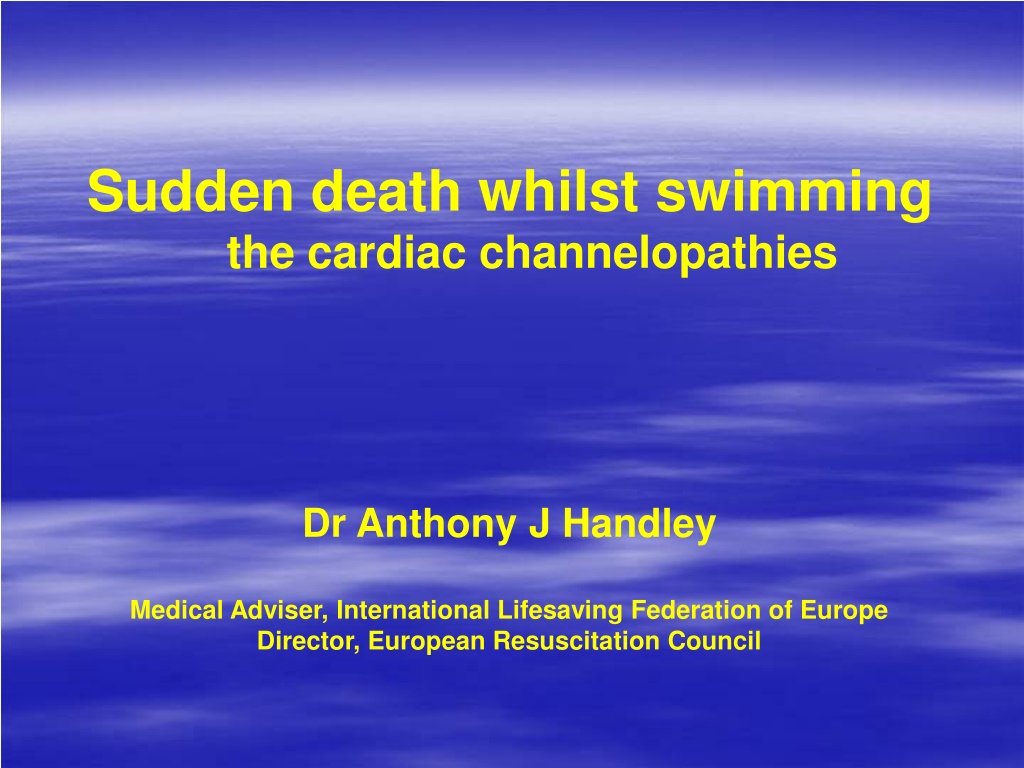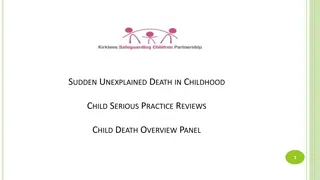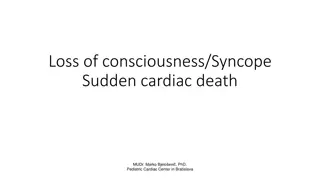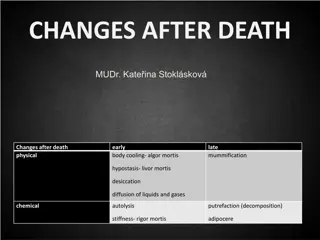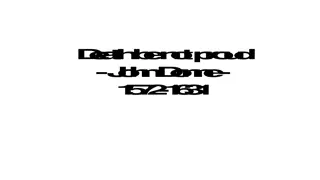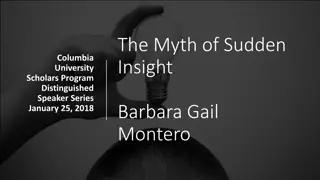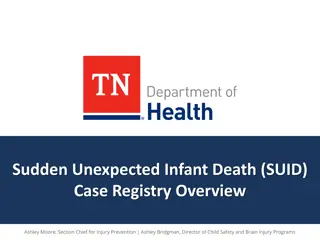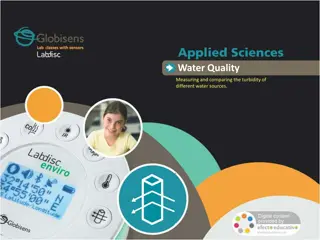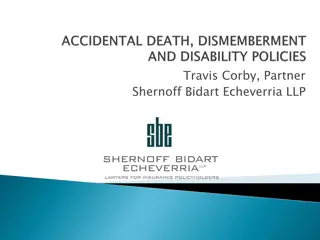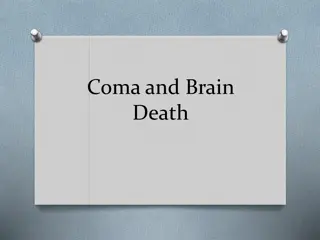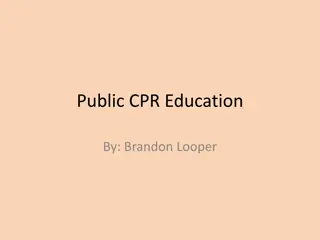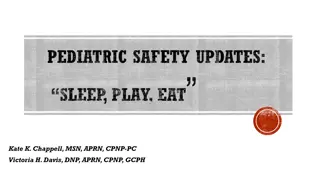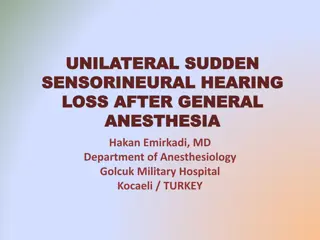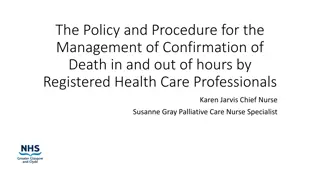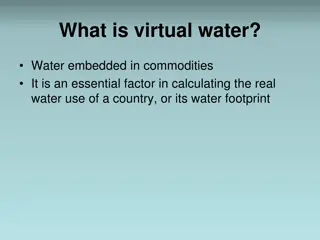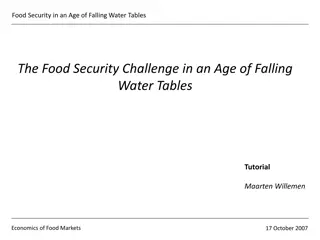Understanding Sudden Death in Water: Insights and Implications
Explore the perplexing case of a drowning incident involving an 11-year-old swimmer, delving into the challenges of identifying the primary event leading to the tragedy. Discover the complexities of sudden cardiac death (SCD), autopsy findings, and potential causes of unexpected fatalities in aquatic environments. Gain insights into the medical aspects and uncertainties surrounding such distressing occurrences.
Download Presentation

Please find below an Image/Link to download the presentation.
The content on the website is provided AS IS for your information and personal use only. It may not be sold, licensed, or shared on other websites without obtaining consent from the author. Download presentation by click this link. If you encounter any issues during the download, it is possible that the publisher has removed the file from their server.
E N D
Presentation Transcript
Sudden death whilst swimming the cardiac channelopathies Dr Anthony J Handley Medical Adviser, International Lifesaving Federation of Europe Director, European Resuscitation Council
An 11-year old moderate swimmer in a supervised lesson in the shallow end of the pool He dived under water to pick up an object but failed to surface
A swimming instructor pulled him from the pool and lifeguards commenced CPR within 2-3 minutes In VF when paramedics arrived could not be resuscitated
The findings in the lungs at autopsy were fully consistent with drowning The underlying reason as to why he ran into difficulties is not apparent from the post mortem
The coroner concluded: After considering the expert medical evidence, and on the balance of probability, we were unable to identify the primary event that led to Nathan Scott Matthew s drowning
Causes of sudden death in the water Diagnosed at autopsy Heart attack or stroke Trauma causing unconsciousness Sudden cardiac death
Causes of sudden death in the water No autopsy abnormalities Seizures, including epilepsy Diving response or cold shock Shallow water blackout Sudden cardiac death
Sudden cardiac death (SCD) is defined as: ... death due to cardiac causes ... within one hour of the onset of acute symptoms ... Myerburg & Castellanos A. In Braunwald Heart Disease 1997: 742 79
General population 1 : 1000 pa Priori et al. Eur Heart J 2001; 22:1374 1450 Young people (< 35yrs) 0.3-3.6 (1) : 100,000 pa Borjesson & Pelliccia. Br J Sports Med 2009; 43: 644-648
Non-athletes (< 35yrs)0.7 : 100,000 pa Athletes (< 35yrs)2.1 : 100,000 pa 3 x the risk Corrado et al. J Am Coll Cardiol 2003; 42: 1959-1963
Estimated 1.5% 2.5% SCD occur during swimming 1 : 100,000 young people at risk swimming-related SCD Kenny & Martin. Arch Dis Child 2011; 96: 5-8
SCD during sport HCM 7% Ischaemic heart disease 51% Coronary abnormalities 4% ARVC 8% Myocarditis 4% Unexplained 11% Aortic stenosis 3% Su rez-Mier et al Forensic Sci Int 2013; 226: 188-196
SCD during sport aged < 35 years HCM 18% Ischaemic heart disease 14% Coronary abnormalities 6% ARVC 15% Myocarditis 5% Unexplained 23% Aortic stenosis 4% Su rez-Mier et al Forensic Sci Int 2013; 226: 188-196
Using strict criteria autopsy-negative SCD in younger subjects - 8% Tester & Ackerman Pediatr 2012; 33: 461-470
Nearly 30% of under-35-year-olds who suffer autopsy-negative SUD have a cardiac channelopathy Kenny & Martin. Arch Dis Child 2011; 96: 5-8
An ion channel is the route that the ions (sodium, potassium, calcium) take in and out of the heart muscle cells to allow the movement of electricity
Ion channelopathies Catecholaminergic polymorphic ventricular tachycardia (CPVT) Long QT Syndrome (LQTS) Brugada Syndrome PCCD (progressive cardiac conduction defect) Short QT syndrome (SQTS) Familial atrial fibrillation Sodium channel disease
Ion channelopathies Catecholaminergic polymorphic ventricular tachycardia (CPVT) Long QT Syndrome (LQTS) Brugada Syndrome Associated with swimming SCD PCCD (progressive cardiac conduction defect) Short QT syndrome (SQTS) Familial atrial fibrillation Sodium channel disease
Normal LQTS
Swimming appears to be a gene-specific (KVLQT1) ... trigger for LQTS ... and unexplained drowning ... may have a genetic basis Ackerman et al. Mayo Clin Proc 1999; 74: 1088-1094
Young Competitive Athletes Family & Personal History Physical Examination ECG Negative Findings Positive Findings No cardiac Disease Eligible for Competition Further Investigations Cardiac Disease Treatment as necessary Corrado et al. Eur Heart J 2005; 26: 516-524
False-positive results 2% Papadakis & Sharma. Br J Sports Med 2009; 43; 663-668
30 Europe $ 75 USA Cost of preventing each death would be $ 3.4 million Maron et al. Circulation 2007; 115: 1643-1655 Corrado et al. Eur Heart 2005; 26: 516-524
Cost per year per life saved 14,220 X 37,750 Corrado et al. Abstract presented at American Heart Association 2004
NICE: National Institute of Clinical Excellence NICE's threshold for cost-effective treatment lies between 20,000 and 30,000 per QALY 1997-2009 Millennium Mathematics Project, University of Cambridge http://www.plus.maths.org/latestnews/jan-apr10/qaly/
Kidney dialysis 45,000 Coronary artery bypass graft 26,000 Breast cancer screening 6,000 Cervical cancer screening 200 Pre-participation screening 12,350 Hope et al. Medical Ethics and Law 2003. Churchill Livingstone: Chapter 13
Screening of athletes / participants The best strategy is to combine pre- participation identification of athletes affected and secondary prevention with back-up defibrillation on the athletic field. Corrado et al. Eur J Cardiovascular Prev & Rehab 2011; 18: 197-208
Genetic testing Benefits Accurate screening test Can trace others within the family Can make diagnosis after death BUT expensive Bai et al. Circ Arrhythmia Electrophysiol 2009; 2: 6-15
Genetic testing $ 45,000 if cases of SUD $ 71,500 if screening family of SCD Winlel et al. J Cardiovasc Electrophysiol 2012; 23: 1092-1098 Bai et al. Circ Arrhythmia Electrophysiol 2009; 2: 6-15
Implications for lifeguards Ensure that lifeguards are aware of the conditions Consider provision of AEDs at swimming pools Refer funny turns for a medical opinion
Implications for lifeguards Remember that these conditions are hard or impossible to diagnose without previous event or screening
Implications for lifeguards Support a lifeguard involved in such an incident
